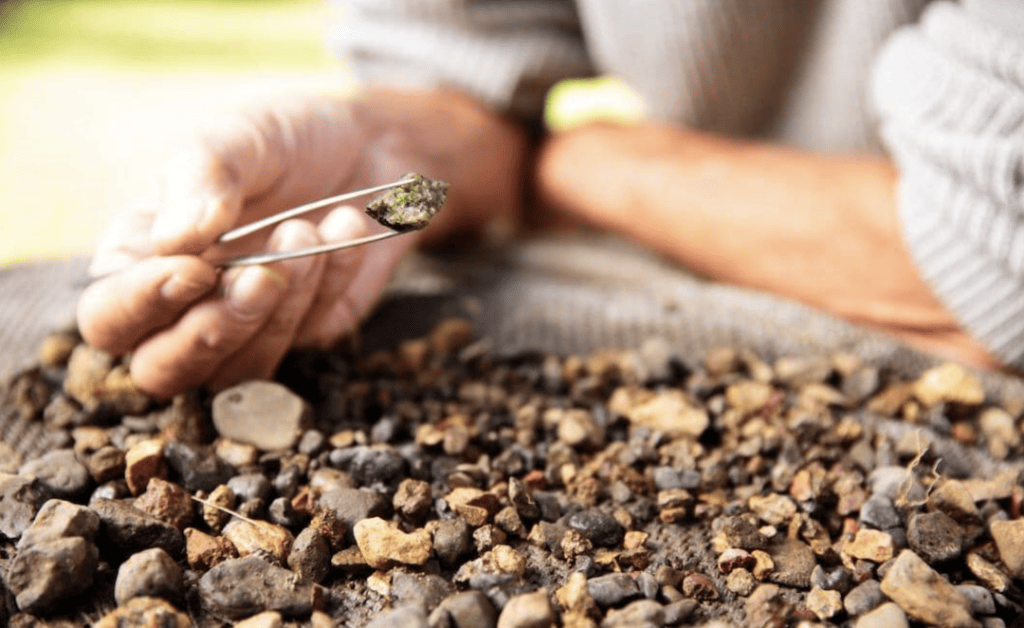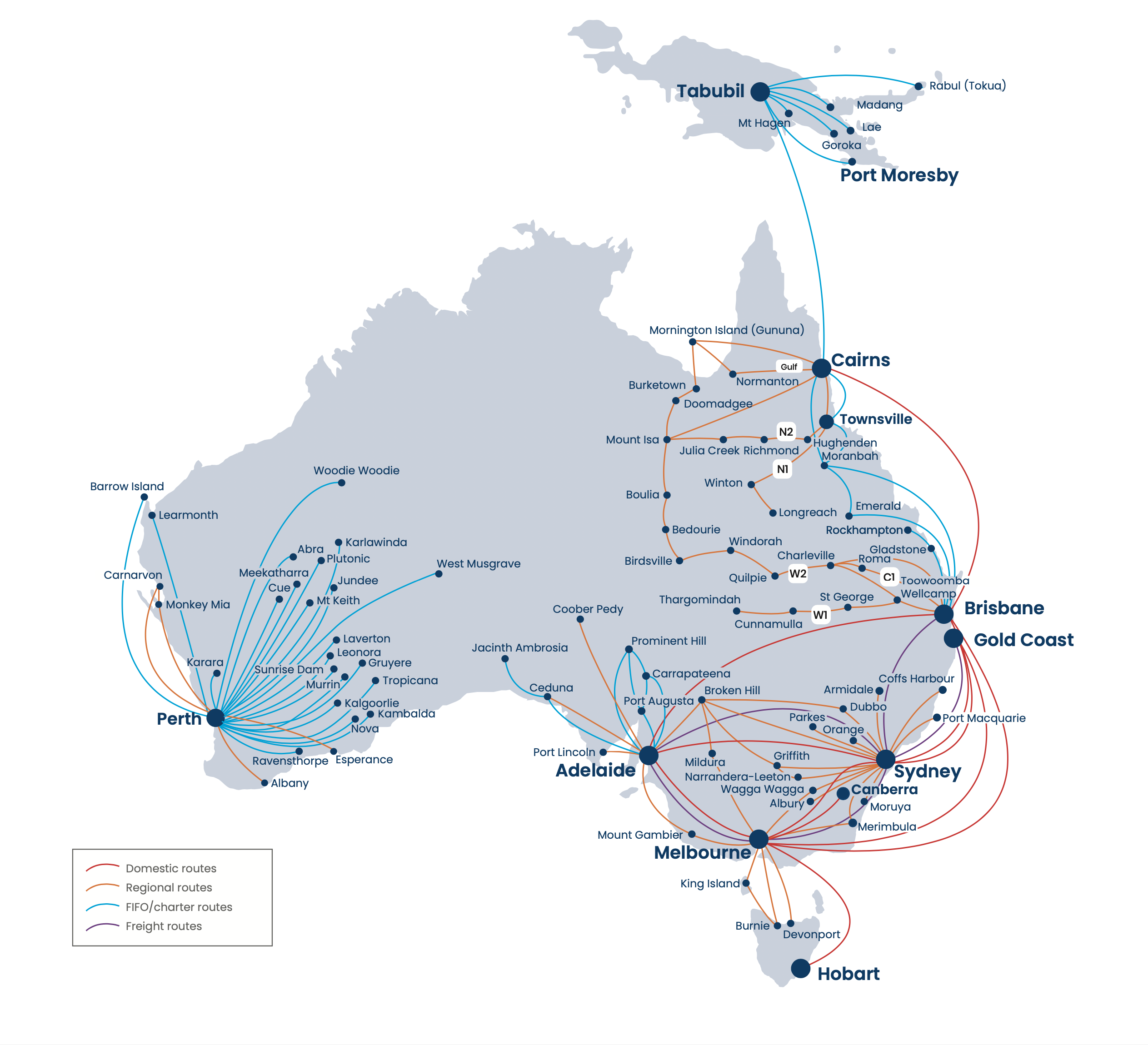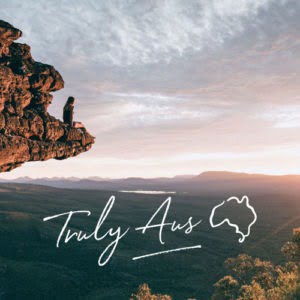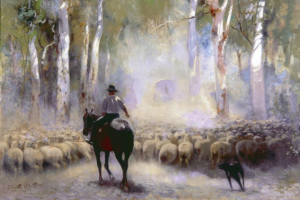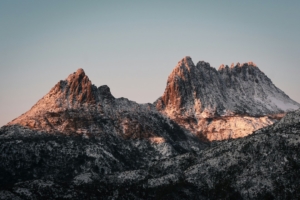Follow the dreams of early prospectors during Australia’s gold rush and take a shot at striking it rich.
Whether abandonded, still operating or serving as a theme park of sorts, these gold mining meccas give you an insight into the lengths people used to go in order to find there fortune. Learn the ropes and try some gold panning for yourself. You might even get lucky.
Australia’s Gold Rush and the dawn of a new era
On 12 February 1851, a remarkable discovery was made in New South Wales that completely changed the nature of Australian society. Near Bathurst, Edward Hargraves struck gold, and not long after more was discovered in Victoria. The unearthing escaped silencing from a government afraid of convicts and settlers abandoning their settlements to build their own fortune, and created a mass influx of migrants and settlers to rural spots.
By the end of 1851, more than 500,000 migrants bled into the country, diversifying the overwhelmingly Anglo-Celtic and Irish population. Needless to say, life during and after the Gold Rush hit Australia dramatically changed.
Life as a prospector was not easy. Hours were long and hard. They suffered through a remit of harsh weather conditions while continually battling with other prospectors and the government over claims. Food was double the price it was in every major city, and sanitation was sub-par, to say the least. Many migrants, especially the Chinese, faced heavy discrimination and even worse living conditions. Of course, there was no guarantee that you would even find gold, despite all the hardships and battles against disease. Still, men persisted, their heads filled with promises of one day being one of the lucky ones.
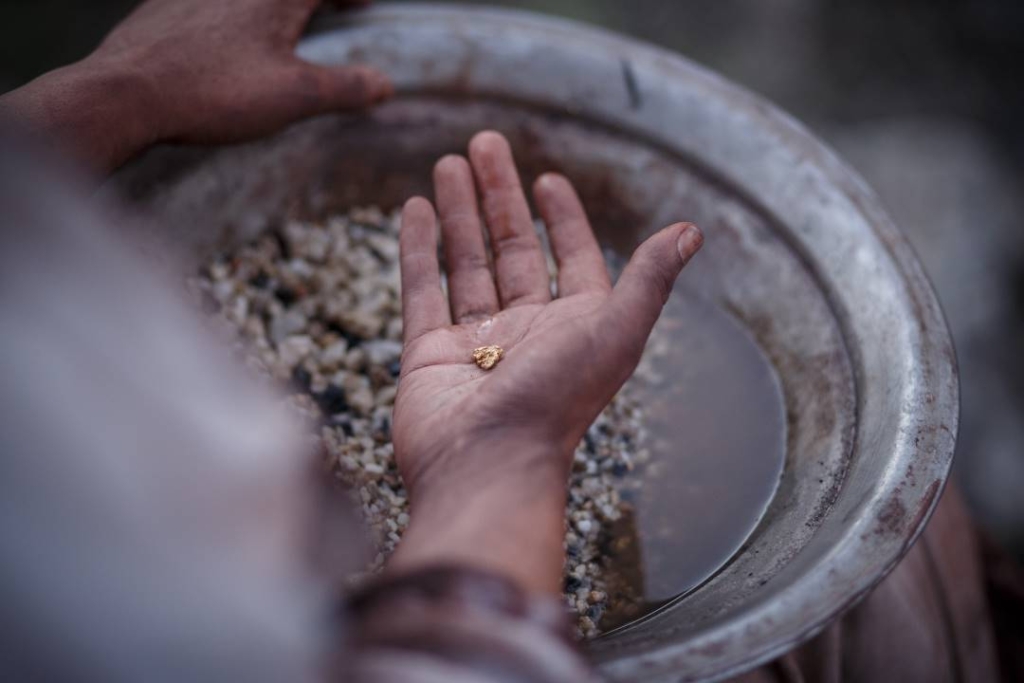
A societal shake up
As this was the Victorian Era, very few women searched for gold or took up residence in the goldfields. However, this changed later. Many set out to try and tame the nomadic men; a mostly unsuccessful endeavour. Ironically, women could prospect without a miner’s license ― a necessity for men. Many women eventually followed the men in their families and worked as teachers, nurses and shopkeepers. Some made their keep selling sly grog and going against the social norms by prospecting alongside their husbands.
The environmental impact of the Gold Rush was major. Much of the land that was dug up during the Rush still has not recovered. These regions still suffer from deforestation, pollution, and erosion and have directly impacted the Indigenous peoples’ lives. Ancestral land was taken from them, and what was left was severely damaged. It is notable that many Indigenous people served as guides, as they knew where to find the gold but had never placed a high value on the material. Others took on the jobs abandoned by those who’s luck with prospecting had run dry.
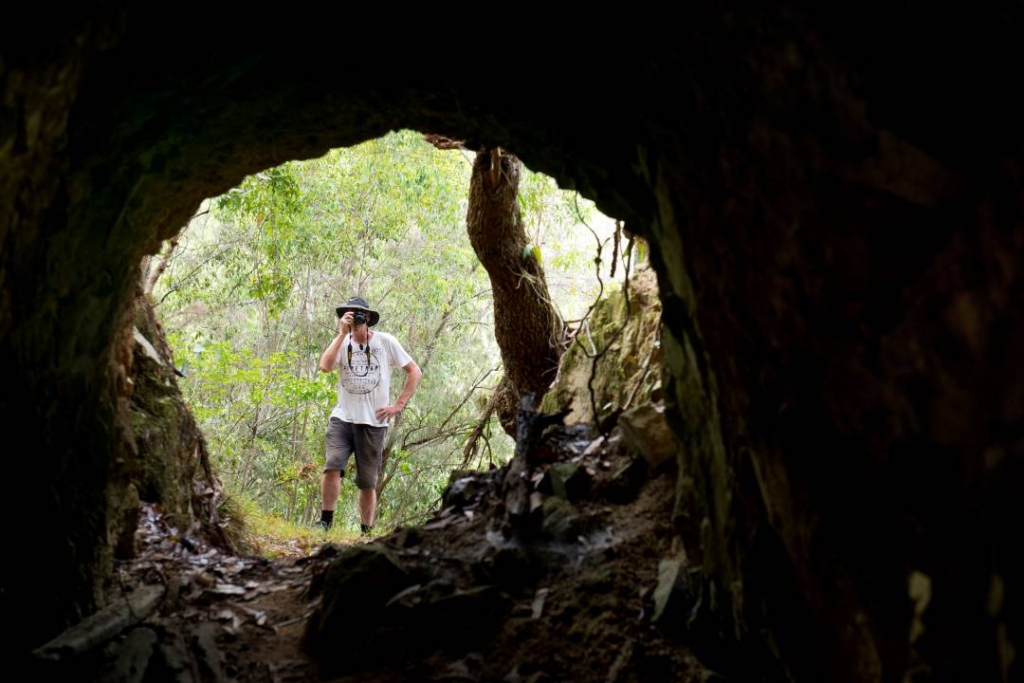
Gold panning hot spots in Australia
While we’d love to say that we can lead you towards the most profitable spots to strike gold ― many point to the “Golden Triangle” of Ballarat, Wedderburn, Taragulla, and Ararat ― industry insiders keep the best locations a secret. Often, those lucky enough to come across gold will give vague details about the location of their finds. Most will offer up the same advice; go to the locations that historically had gold, like the ones heavily populated during the Gold Rush. For the more adventurous, or perhaps more ‘in the know’ prospectors, the more popular Gold Rush spots – Ballarat, Coolgardie, Bendigo and even Melbourne – still have a pull.
As an inexperienced miner, you may prefer to hire a guide or join a tour to aid your quest. Offering up tours in both Victoria and Western Australia, Gold and Relics Gold Prospecting Adventure provides professional guides who gladly pass along insider secrets to all. unfortunately, there’s no guarantee you’ll find gold while under their watch.
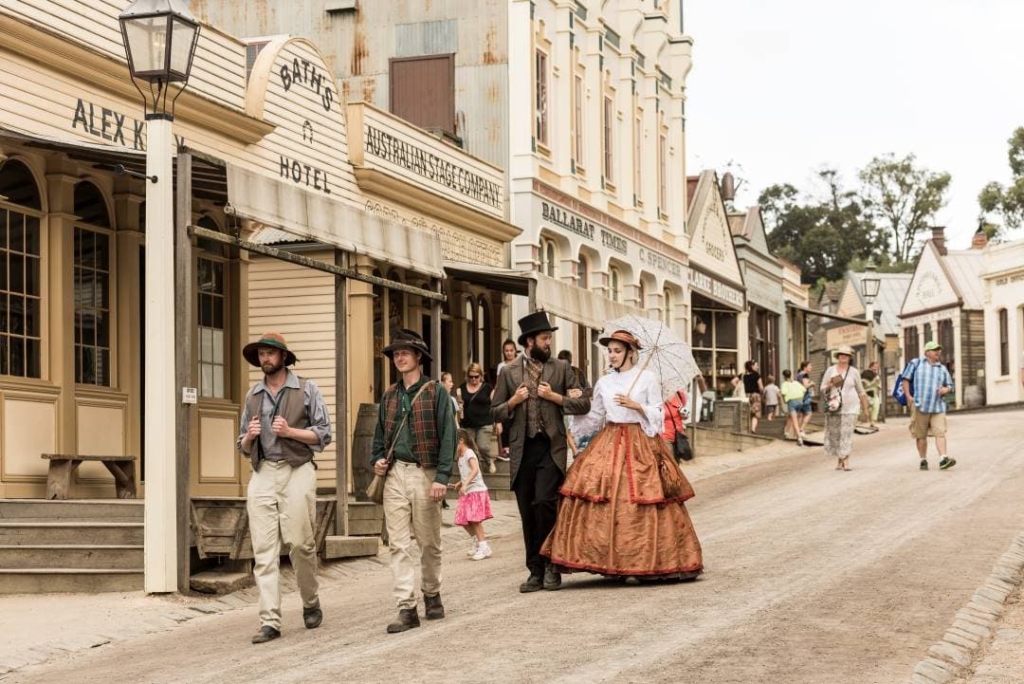
Step back in time at Sovereign Hill, Ballarat
Those looking for a more kitschy gold panning experience can head over to Sovereign Hill. It’s an outdoor museum that spectacularly recreates the first ten years after the Gold Rush in Ballarat, Victoria. There’s a theatrical light show that guests become a part of while travelling in an open window train around the old gold fields.
Visitors can walk around the streets of Sovereign Hill and interact with costumed prospectors, learning about life during the Gold Rush. Join a fully-guided mine tour, take a ride on a horse-drawn carriage and watch a stunning $160,000 gold pour. You can even immortalise your visit with a fancy-dress portrait, imitating of the locals from more than a century ago. And of course, there’s a whole lot of gold panning fun.
You can even stay at the Sovereign Hill Hotel to fully immerse yourself in life in the 1850s, though with the added bonus of free wifi. Entrance into the museum will also get you access to the Gold Museum just up the road to learn more about the history of the Gold Rush.
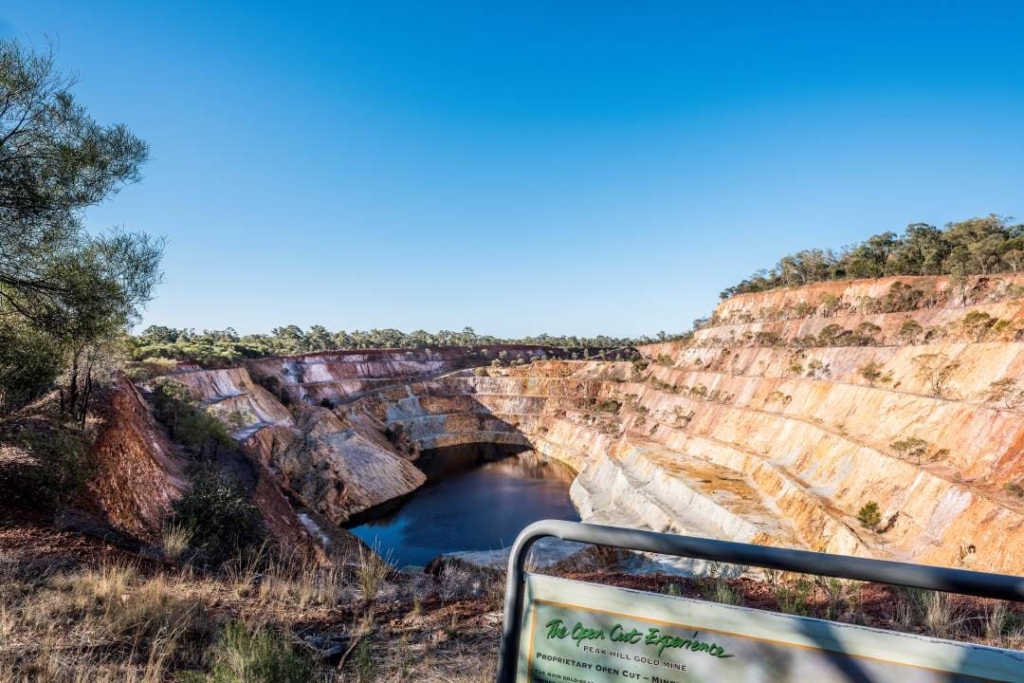
The low-down on gold panning
If you want to go it on your own, you’ll have to learn how to actually pan for gold. To do this, you’ll need a pan, a sniffer bottle to help suck up bits of gold from the pan, and some digging tools; a spade or small shovel will suffice. And, of course, you’ll need a little jar to stick your gold findings in.
Make sure you have permission to pan for gold, as no one would be happy to find you trespassing on their land. You’ll need to pick up a Miner’s Right Permit to do any prospecting in Australia. You can easily apply for one online or at some tourist centres.
Then you need to find a good spot to settle down. Choose somewhere known for finding gold, unless your gut instincts are telling you otherwise. The best place to look for gold is in the slowest moving part of the water; because gold is so heavy, it takes a lot of force to move it around, and it settles in the area with the least amount of force. Bends in the water are good places to look. You can also look for concentrates of black sand which gold is known to hide with.
Start by scooping up some material, dumping it in the pan and submerging the pan just below the water’s surface. Take out some of the larger rocks while breaking up the material with your fingers. Shake the pan from side to side and watch as lighter, less valuable, materials float to the top and out of the pan. Eventually, all of the heavier stuff will settle down at the bottle of the pan. And with any luck, you’ll be left with a bit of gold. But don’t be disheartened if all you wind up with is black sand. You can use your sniffer bottle to pick out the little flecks of gold and stick them into your jar. Who knows – this fun gold panning expedition might turn into a life-changing discovery.
For more Aussie outback experiences, click here.

